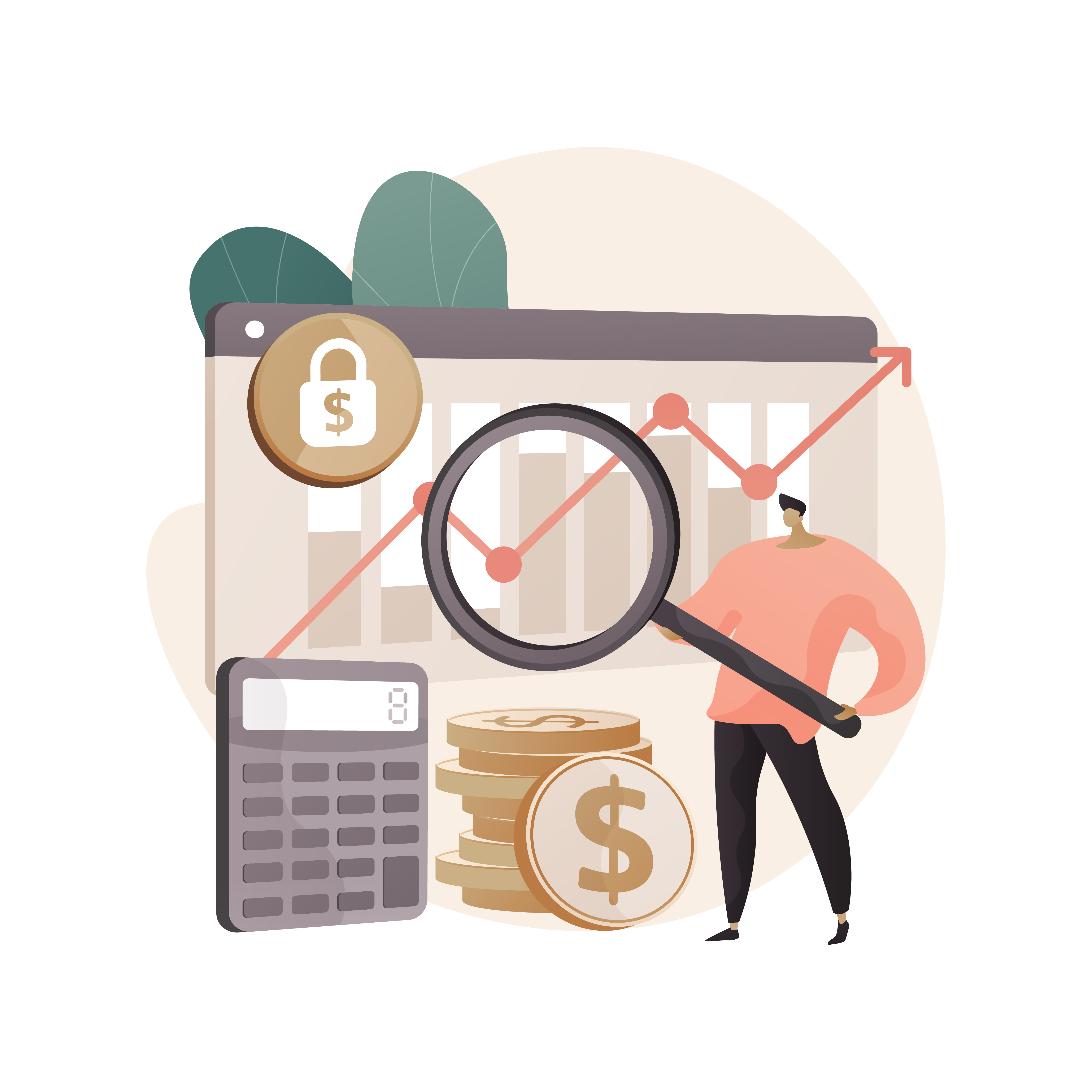Introduction
In this article, we delve into the FinOps Open Cost and Usage Specification (FOCUS) and its pivotal role in revolutionizing cloud cost management. We explore why FOCUS, highlighting its benefits and advantages. Additionally, we provide a step-by-step guide on how to seamlessly transition to FOCUS, covering essential technical aspects and practical considerations.
FinOps Open Cost and Usage Specification
The FinOps Open Cost And Usage Specification (FOCUS) is a groundbreaking initiative to define a common format for billing data that empowers organizations to better understand cost and usage patterns and optimize spending and performance across multiple cloud, SaaS, and even on-premises service offerings.
FOCUS will provide organizations with a consistent, clear, and accessible view of their cost data explicitly designed for FinOps needs such as allocation, analytics, monitoring, and optimization. FOCUS serves as the new ‘language’ of FinOps, empowering practitioners to collaborate efficiently and effectively with colleagues across the organization. It also streamlines the onboarding process for new team members, ensuring quicker integration and knowledge transfer. Paired with the FinOps Framework, practitioners will be armed with the tools needed to build a streamlined FinOps practice that maximizes the value of the cloud.
Why choose FOCUS
The variety and flexibility of cloud services allows you to build amazing things while only paying for what you need, when you need it. And with this flexibility comes varying operational models where services are billed and can be tuned differently based on a variety of factors. When services are billed differently, their cost and usage data tend to differ as well, making it challenging to allocate, analyze, monitor, and optimize consistently. Of course, this goes beyond just cloud services. Organizations often rely on software as a service (SaaS) products, licensed software, on-premises infrastructure, or even other clouds, exacerbating the problem with each provider sharing data in proprietary formats.
FOCUS solves this problem by establishing an universal data specification that addresses some of the biggest challenges organizations face in managing the value of their cloud. This way they can understand and quantify the business value of their investments. FOCUS will enable organizations to spend more time driving value and less struggling to understand data caused by unfamiliarity with different services and providers.
Benefits of FOCUS
Here are some keypoints that illustrate the benefits of FOCUS
1. Universal Data Specification: FOCUS provides a universal data specification that transcends cloud providers, enabling organizations to consolidate and standardize their cost and usage data across multiple platforms. In contrast to other cloud providers that are primarily tailored to their respective cloud ecosystems, limiting interoperability and cross-platform analysis.
2. Comprehensive Schema: FOCUS offers a comprehensive schema that encompasses a wide range of attributes and fields, providing detailed insights into cost and usage patterns. This comprehensive schema facilitates granular analysis and optimization of cloud spending, surpassing the capabilities of other cloud providers in terms of data granularity and depth.
3. Flexibility and Customization: FOCUS offers greater flexibility and customization options compared to other cloud providers. Organizations can tailor the schema to their specific requirements, define custom fields, and adapt the data model to accommodate unique use cases and business needs. This flexibility enables organizations to extract maximum value from their cost and usage data, driving more informed decision-making and optimization strategies.
4. Cost Optimization Capabilities: FOCUS provides advanced cost optimization capabilities, including detailed pricing and usage unit breakdowns, SKU-level insights, and identification of cost-saving opportunities. By leveraging these capabilities, organizations can identify inefficiencies, optimize resource utilization, and maximize cost savings across their cloud environments more effectively.
5. Interoperability and Integration: FOCUS promotes interoperability and seamless integration with existing data pipelines, analytics platforms, and third-party tools. Its universal data specification facilitates data exchange and collaboration across different systems and platforms, enabling organizations to leverage their existing infrastructure and investments while transitioning to FOCUS. In contrast to the other cloud providers that are more tightly integrated with their respective cloud platforms, limiting interoperability with external systems and tools.
6. Alignment with FinOps Framework: FOCUS is aligned with the FinOps Framework, a set of best practices for cloud financial management. By adhering to FOCUS specifications, organizations can implement FinOps principles more effectively, streamline financial operations, and optimize cloud spending in accordance with industry standards and guidelines. This alignment enhances the value proposition of FOCUS and reinforces its role as the preferred choice for cloud cost management in FinOps environments.
Getting Started with Focus
Transitioning to FOCUS marks a significant step towards enhancing your organization’s cloud cost management capabilities. To help you embark on this journey, here are some essential keypoints to guide you through the initial steps of implementation:
1. Review the Schema: Familiarize yourself with the FOCUS schema, which defines the structure and attributes of the billing data. Understand the different fields and their meanings to effectively process and interpret cost and usage data.
2. Data Integration: Determine how you will integrate FOCUS into your existing data pipelines or systems. This may involve extracting billing data from cloud providers, transforming it into the FOCUS format, and loading it into your data warehouse or analytics platform.
3. Data Mapping: Map your organization’s existing cost and usage data to the FOCUS schema. Identify corresponding fields in your current datasets and align them with the appropriate fields in FOCUS. This mapping ensures consistency and accuracy when transitioning to FOCUS.
4. Data Transformation: Develop scripts or workflows to transform your data into the FOCUS format. Depending on your infrastructure and requirements, this may involve using ETL (Extract, Transform, Load) tools, custom scripts, or cloud-native services for data transformation.
5. Quality Assurance: Implement validation checks and quality assurance measures to ensure the integrity and accuracy of your FOCUS data. Validate against FOCUS schema specifications and perform data profiling to identify any anomalies or discrepancies.
6. Automation: Explore opportunities for automation to streamline the process of generating and processing FOCUS data. Automate data extraction, transformation, and loading tasks to minimize manual effort and improve efficiency.
7. Data Governance: Establish data governance practices to govern the usage, access, and security of FOCUS data within your organization. Define roles and responsibilities, access controls, and auditing mechanisms to maintain data integrity and compliance.
8. Testing and Validation: Conduct thorough testing and validation of your FOCUS implementation. Verify that data transformation processes are functioning as expected, and validate the accuracy and completeness of FOCUS data against source systems.
9. Documentation and Training: Document your FOCUS implementation, including data mappings, transformation processes, and quality assurance procedures. Provide training and resources to team members involved in working with FOCUS data to ensure understanding and proficiency.
10. Continuous Improvement: Continuously monitor and optimize your FOCUS implementation. Gather feedback from users, identify areas for improvement, and iterate on your processes to enhance efficiency, accuracy, and usability over time.
By following these technical keypoints, you can effectively initiate and implement the FinOps Open Cost and Usage Specification within your organization, enabling better cost management and optimization in the cloud.


